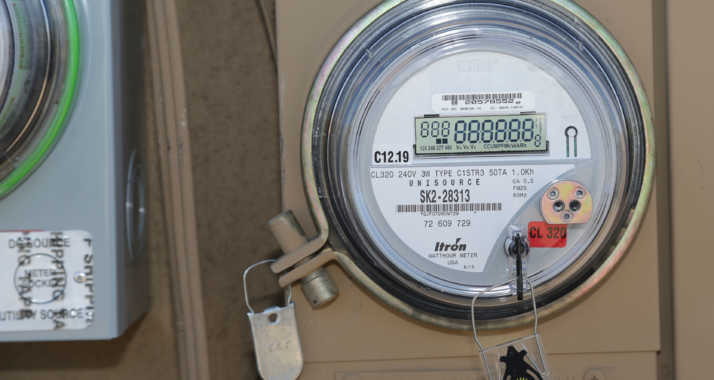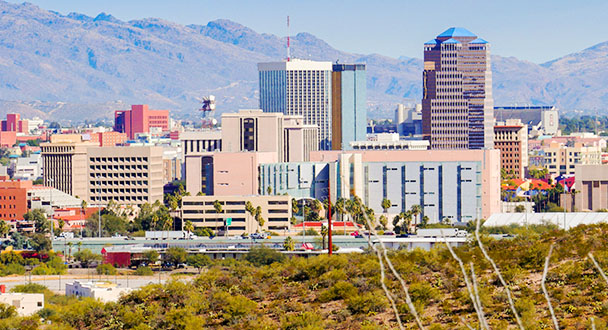
TEP is collaborating with world-class climate experts at the University of Arizona to create a new carbon emission reduction goal as part of its latest plan to prepare for customers’ future energy needs.
TEP is updating its strategy for providing increasingly sustainable service over the next 15 years. The company filed its 2019 Preliminary Integrated Resource Plan last month with the Arizona Corporation Commission (ACC) and began the process of preparing its 2020 Integrated Resource Plan (IRP).
TEP’s previous resource plans established a goal of providing 30 percent of its energy from renewable resources by 2030, more than double the state’s 2025 goal. But the company will have nearly achieved that goal by 2021 thanks to several large wind and solar energy projects, setting the stage for a new, more ambitious goal.
“Our commitment to improving the quality of life in our community, both now and well into the future, has motivated us to develop new, more comprehensive goals that will be focused on reducing greenhouse gases as quickly as possible while maintaining affordable and reliable service for our customers,” said David G. Hutchens, TEP President and CEO.
The new carbon emission reduction goals in TEP’s 2020 IRP will be informed by the global temperature level limits outlined in the 2015 Paris Agreement on climate change. They will be developed in collaboration with climate experts at the University of Arizona’s Institute of the Environment to develop measurable, science-based targets. The institute’s experts in climate science and the regional impacts of global temperature change will provide scientific knowledge and context necessary for TEP to develop appropriate emission reduction goals.
“Our process will consider how climate change is impacting our community and how we can set a goal that is sensitive to our community and reflects the best available science. It’s very much a collaborative process,” said project leader Andrea K. Gerlak, an associate professor with the School of Geography & Development in the UA’s College of Social & Behavioral Sciences.
To develop meaningful resource planning goals, a new community stakeholder advisory committee will meet monthly through 2019 to discuss important resource planning considerations. Advisory committee members include representatives from the Sierra Club, Davis-Monthan Air Force Base, the Pima Council on Aging, Southwest Energy Efficiency Project, the Residential Utility Consumer Office (RUCO), local governments and Wildfire, which advocates for limited-income residents. TEP also will incorporate comments received through public workshops hosted by the ACC and the company.
Updates from these meetings are available at tep.com/resource-planning.
TEP’s IRP will document the company’s progress toward a more sustainable energy portfolio. The company plans to place 446 MW of new wind and solar projects into service by the end of 2020, helping it provide at least 28 percent of its energy from renewable energy resources by 2021.
The company also is decommissioning coal-fired resources. By 2022, TEP will have retired more than 600 megawatts of coal-fired generation. These retirements represent a 41 percent decrease in TEP’s coal capacity since 2014.






